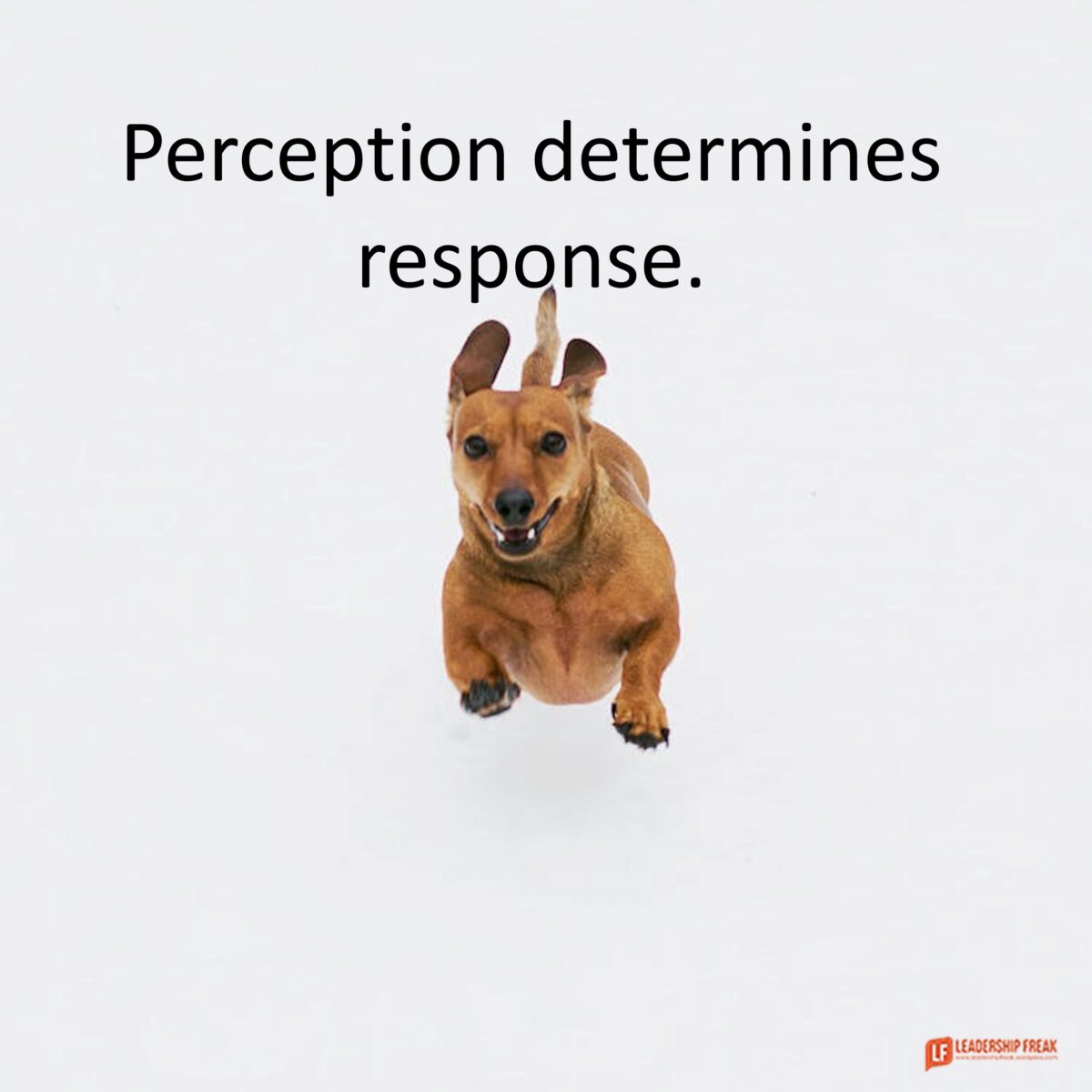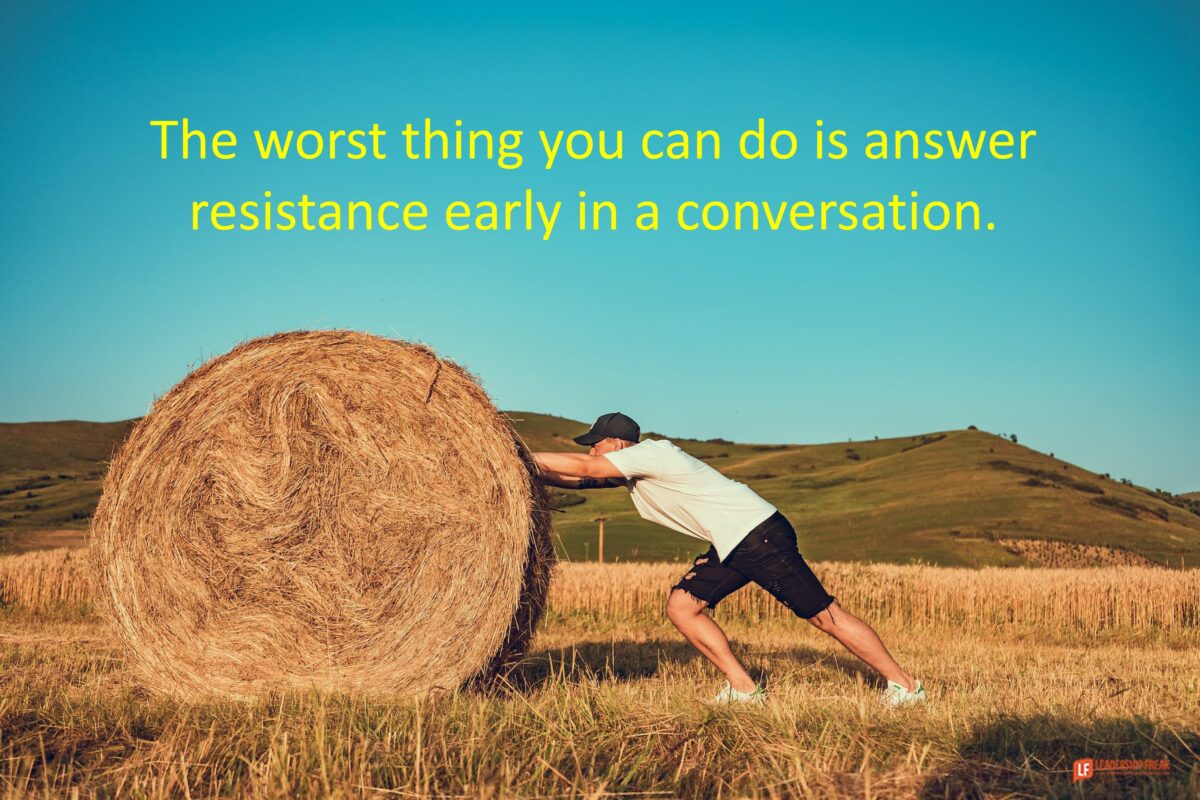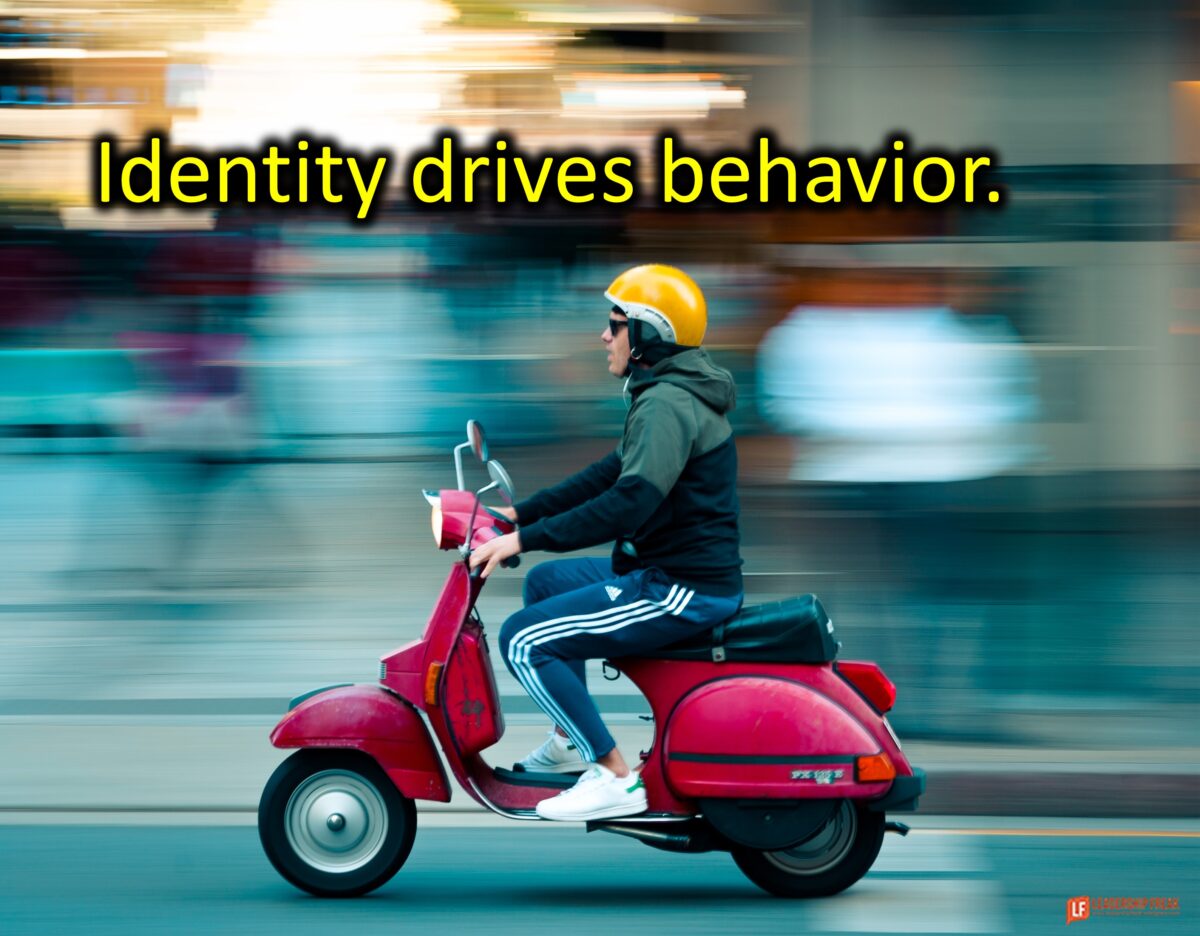How to Bridge the Unseen Gap between Perception and Intent
Perception determines response. You respond to frowns differently than smiles, unless the smile seems disingenuous.
The way you’re perceived governs how people respond to you. This wouldn’t matter if leadership was done in isolation.
Self-perception often collides with the perception of others. You imagine yourself warm and fuzzy. You occur to others as stressed and manipulative.
Collisions of impact with intent:
My wife used to tell me I sounded harsh. My response, “I don’t have animosity in my heart.” Both of us were right.
The gap between impact and intent causes poor performance, personal frustration, self-pity, and discouragement. You feel frustrated others don’t ‘get’ you, or you feel sorry for yourself because you’re underappreciated.
Successful leaders work to align the impact of behaviors with intentions in the heart.
Perception:
I argued with my wife when she told me I was harsh. Now I see arguing about being harsh supported her observation that I seemed harsh.
The real you is less obvious than you think.
Tip: Those who argue with feedback like I did struggle to see themselves through the lens of others.
Principles:
- You must see yourself as you occur to others to effectively develop your leadership.
- Authenticity includes aligning behavior with heart.
- Lousy leaders ignore the perceptions of others.
- Feedback enables you to align impact with intention.
Seek feedback:
Invite a trusted colleague into your private reflections. Let them hear what you say about yourself to yourself. Explore how self-perceptions are disconnected from the way you occur to others.
7 things to say to seek feedback on other’s perceptions:
- I’m proud of myself when I ______.
- I’m disappointed in myself when I ______.
- I’m really good at ______.
- I’m most helpful to others when I ______.
- I believe others think I’m ______.
- I want to be known as ______.
- Others believe I’m really good at ______.
In what ways have you seen the disconnection between intent and impact?
How might leaders better understand how they occur to others?
Still curious:
5 Ways to Spot Common Blind Spots
Positive Illusions: 7 Ways to Defeat The Lake Wobegon Effect
Seeing Yourself as Others See You (hbr.org)
Like this:
Like Loading…























